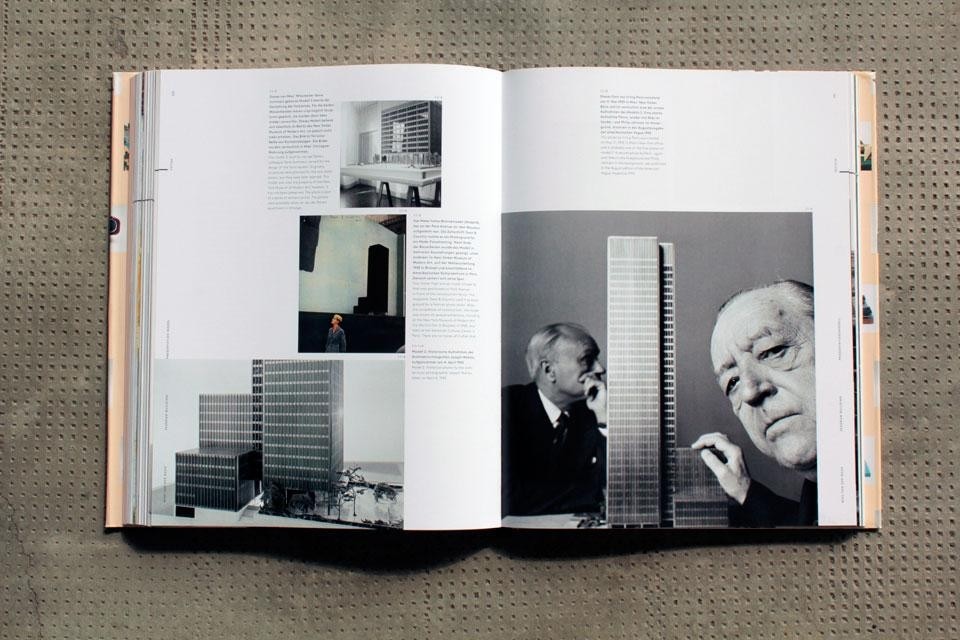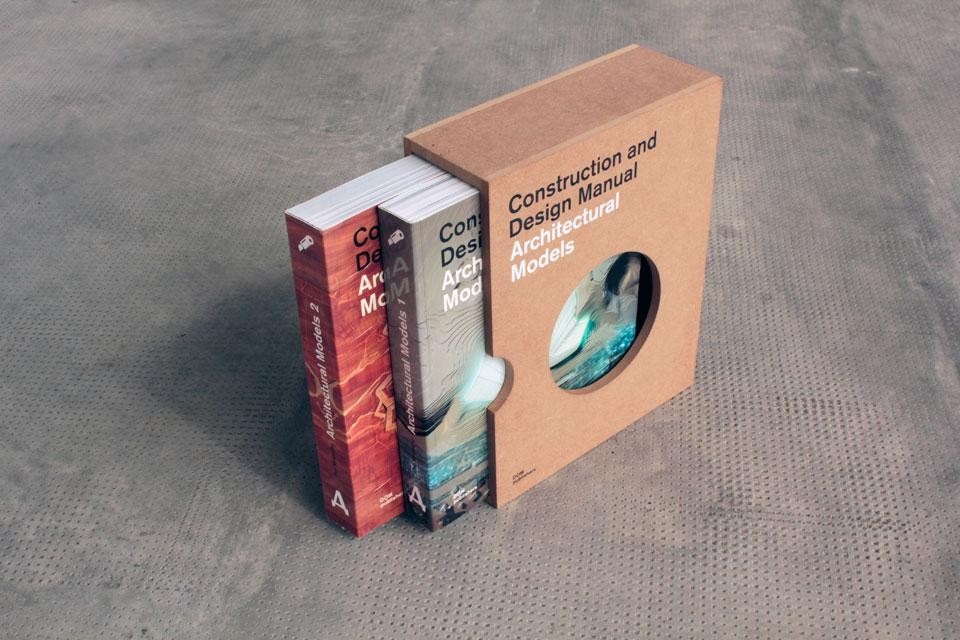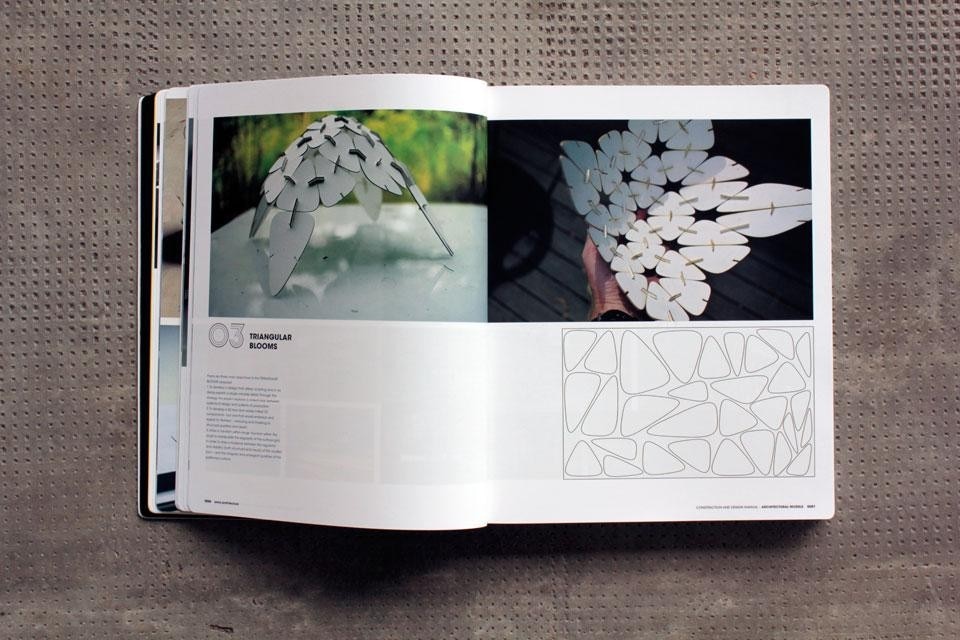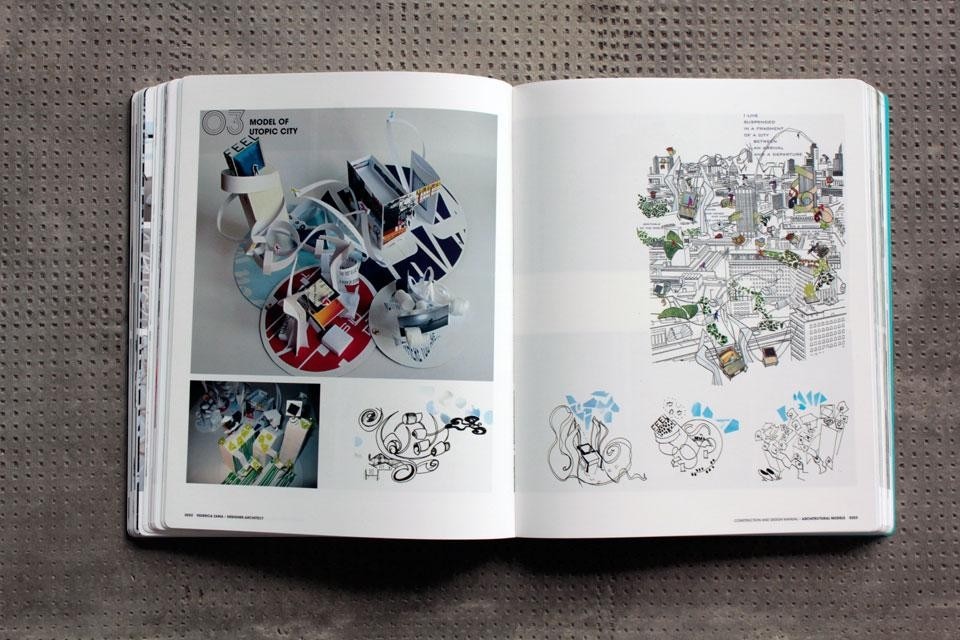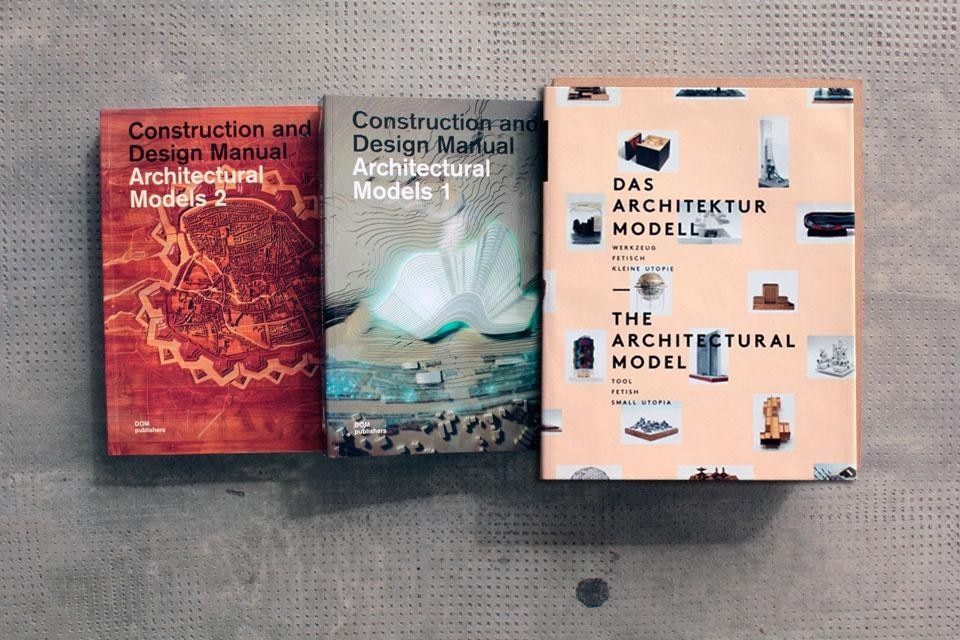Pyo Mi-young, Construction and Design Manual, Architectural Models, DOM Publishers, Berlin 2012 (two volumes; pp. 1.000; €98,00)
With the recent development of affordable 3D-printers, the character of architectural models is changing dramatically. Much as the architectural drawing used to require a physical relation between the designer and his design, also the model used to be a physical expression of concepts and ideas, leading to a real and handmade object. In the process of model-making, many questions about a design concept become clear, and new questions about spatial relations, proportions, views and even construction arise. With 3D-printers, this physical relation is disconnected.
The printer uses digital information and translates it directly into a mechanical process of printing. Models can have various functions and looks, from folded pieces of paper as a first study to very detailed and expensive presentation models, specifically made to seduce future clients. Models can be made quickly and from very cheap materials and on all scales.
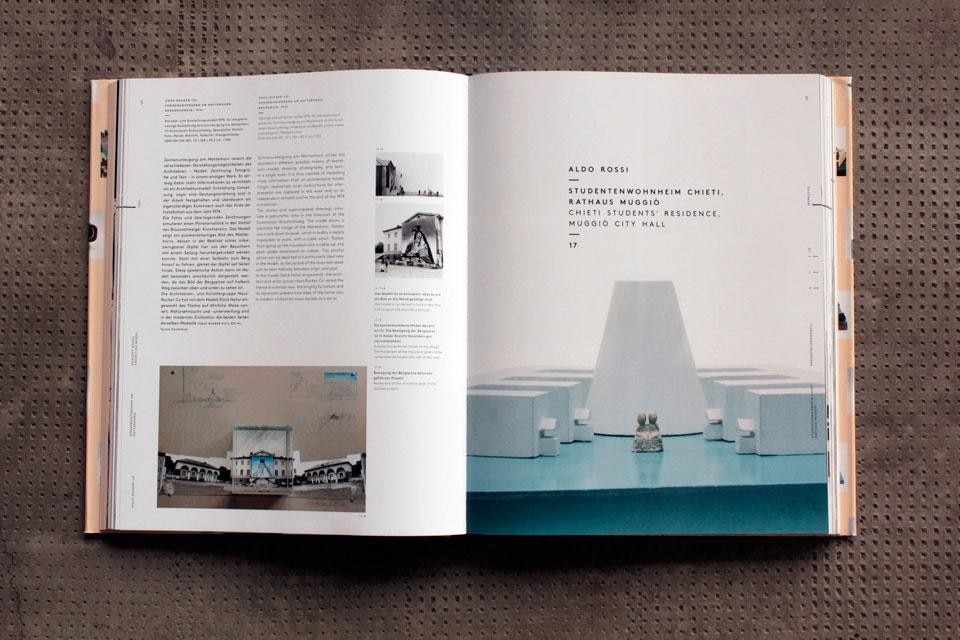
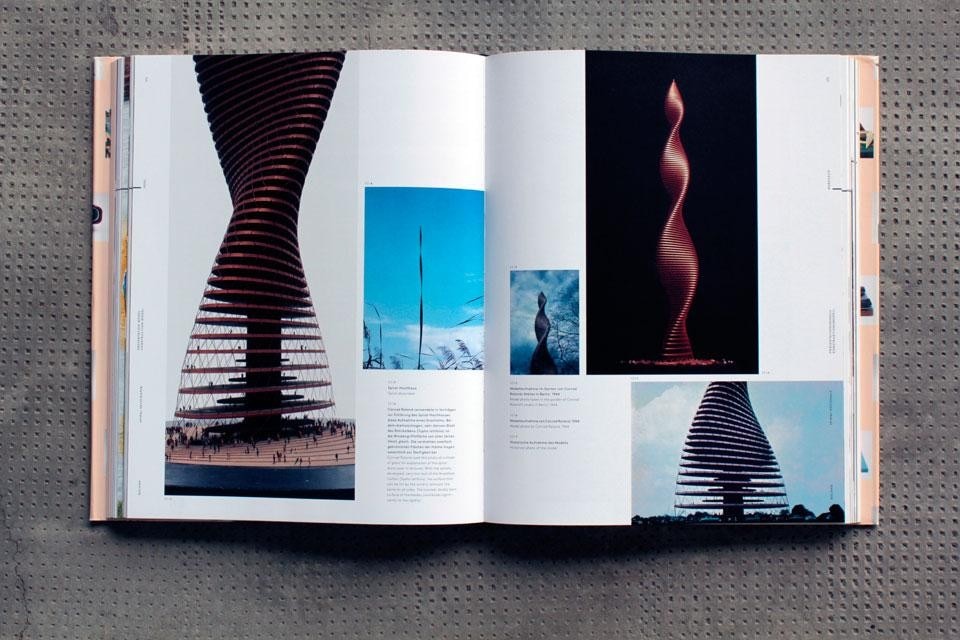
Models can have various functions and looks, from folded pieces of paper as a first study to very detailed and expensive presentation models, specifically made to seduce future clients
